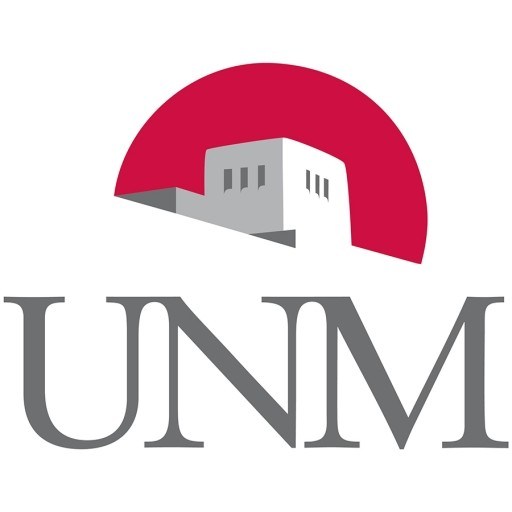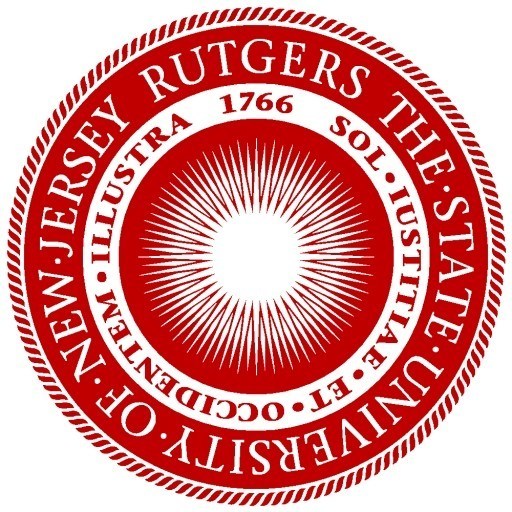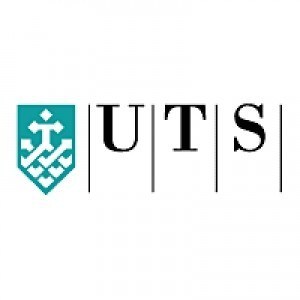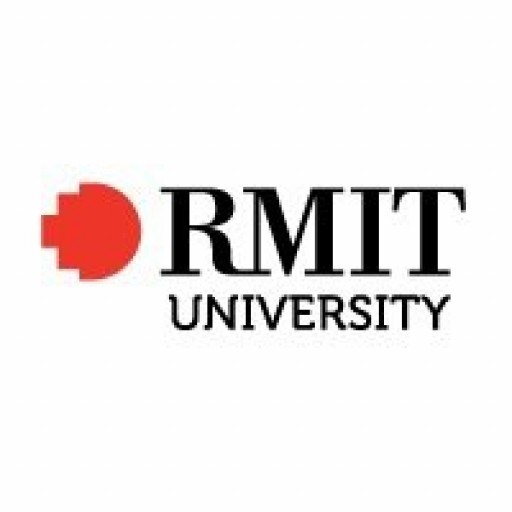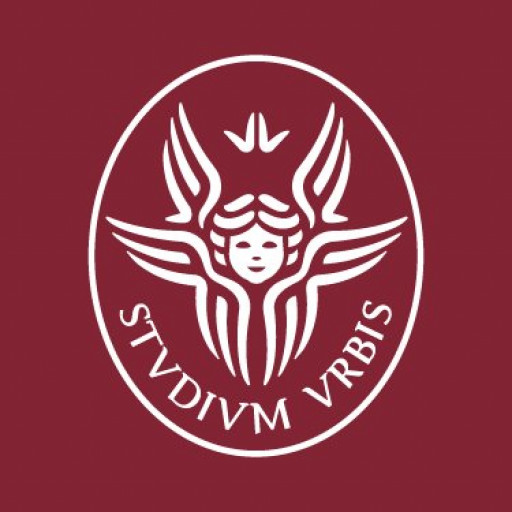Photos of university / #coloradostateuniversity
Landscape Architecture at Colorado State University offers a comprehensive and dynamic program designed to prepare students for professional practice in the planning, design, and stewardship of the natural and built environment. Through a rigorous curriculum that combines coursework, hands-on studio experience, and real-world projects, students develop a deep understanding of ecological systems, sustainable design principles, and innovative technologies. The program emphasizes creativity, critical thinking, and environmental responsibility, equipping graduates with the skills necessary to address complex landscape challenges including urban development, ecological restoration, park and recreation planning, and community development. Students have access to state-of-the-art facilities and engage with faculty who are leading experts in the field of landscape architecture. The curriculum integrates design studios, technical courses, and electives that explore topics such as site planning, planting design, GIS mapping, and environmental analysis. Practical experience is gained through internships, community-based projects, and collaborations with industry professionals, fostering connections that benefit students in their future careers. The program also encourages research and innovation in sustainable landscape solutions, preparing graduates to contribute meaningfully to environmental stewardship and resilient urban ecosystems. Graduates of the Landscape Architecture program are well-positioned to work in diverse settings including government agencies, private practices, non-profit organizations, and academia. The program is accredited by the Landscape Architectural Accreditation Board (LAAB), ensuring a high standard of education recognized nationally and internationally. By fostering a collaborative and inclusive environment, Colorado State University's Landscape Architecture program commits to developing leaders who will shape sustainable, healthy, and vibrant landscapes for communities now and into the future.
| First Year | ||
|---|---|---|
| Select one from the following: | 4 | |
|
LAND 630 |
Topics in Urban Design | |
|
LAND 640 |
Major Landscape Change | |
| Select one from the following: | 3 | |
|
LAND 510 |
Virtual Design Methods | |
|
LAND 520 |
Geographic Information Systems | |
| LAND 610 | Topics in Garden Design | 4 |
| Focus Area Electives (see list below):1 | 9 | |
| Total Credits | 20 | |
| Second Year | ||
| Select one from the following: | 4 | |
|
LAND 630 |
Topics in Urban Design | |
|
LAND 640 |
Major Landscape Change | |
| Select one from the following: | 3 | |
|
LAND 510 |
Virtual Design Methods | |
|
LAND 520 |
Geographic Information Systems | |
| LAND 620 | Topics in Park Design | 4 |
| Focus Area Electives (see list below)1 | 9 | |
| Total Credits | 20 | |
| Program Total Credits: | 40 | |
A minimum of 40 credits are required to complete this program.
Focus Area Electives
| Code | Title | Credits |
|---|---|---|
| Cultural and Historic Landscapes | ||
| ANTH 500 | Development of Anthropological Theory | 3 |
| ANTH 515 | Culture and Environment | 3 |
| ANTH 530 | Human-Environment Interactions | 3 |
| AREC 572 | Social Benefit Cost Analysis | 3 |
| HIST 503 | Historical Method: Preservation | 3 |
| Landscape Ecology | ||
| BZ 561 | Landscape Ecology | 3 |
| ECOL 505 | Foundations of Ecology | 2 |
| ECOL 571 | Advanced Topics in Ecology | 1-3 |
| ECOL 592 | Interdisciplinary Seminar in Ecology | 1-3 |
| ECOL 610 | Ecosystem Ecology | 3 |
| ECOL 620 | Applications in Landscape Ecology | 4 |
| FW 465 | Managing Human-Wildlife Conflicts | 3 |
| NR 522 | Wilderness Ecosystem Planning | 3 |
| NR 578 | Ecology of Disturbed Lands | 3 |
| Landscape Restoration and Reclamation | ||
| BZ 561 | Landscape Ecology | 3 |
| BZ 572 | Phytoremediation | 3 |
| CIVE 549 | Drainage and Wetland Engineering | 3 |
| ECOL 505 | Foundations of Ecology | 2 |
| ECOL 592 | Interdisciplinary Seminar in Ecology | 1-3 |
| NR 515 | Natural Resources Policy and Biodiversity | 3 |
| NR 561 | Habitat Evaluation Procedures | 2 |
| NR 578 | Ecology of Disturbed Lands | 3 |
| Regional and Community Planning | ||
| AREC 547 | Public Lands Planning and Management | 3 |
| ECON 540/AREC 540 | Environmental and Natural Resource Economics | 3 |
| ECON 541/AREC 541 | Environmental Economics | 3 |
| FW 465 | Managing Human-Wildlife Conflicts | 3 |
| NR 505 | Concepts in GIS | 4 |
| NR 506 | GIS Methods for Resource Management | 4 |
| NRRT 550 | Ecotourism | 3 |
| Remote Sensing/GIS | ||
| NR 503 | Remote Sensing and Image Analysis | 4 |
| NR 504 | Computer Analysis of Remote Sensing Data | 4 |
| NR 505 | Concepts in GIS | 4 |
| NR 506 | GIS Methods for Resource Management | 4 |
| NR 512 | Spatial Statistical Modeling-Natural Resources | 3 |
| NR 621 | Design of Geographic Information Systems | 3 |
| Semi-Arid/Western Landscapes | ||
| AREC 542 | Applied Advanced Water Resource Economics | 3 |
| CIVE 520 | Physical Hydrology | 3 |
| CIVE 522 | Engineering Hydrology | 3 |
| CIVE 524/WR 524 | Modeling Watershed Hydrology | 3 |
| CIVE 544 | Water Resources Planning and Management | 3 |
| WR 516 | Cumulative Effects and Watershed Analysis | 3 |
- Online Application
- $70 Non-refundable Application Fee
- Supplemental Application Materials – must be submitted electronically by uploading within your application
- Statement of Purpose: A short essay (500 words or less) outlining your academic/work experience and career goals
Please describe your specific academic interests so that we may identify appropriate potential faculty advisers. If you have already identified a faculty member you would like to work with please include that information. - Three Letters of Recommendation: Letters from people who know you well and can comment on your abilities, particularly your ability to succeed in graduate school
Add the names and e-mail addresses to your application. Each person will receive an e-mail from Colorado State University inviting them to upload a letter of recommendation on your behalf. - Resume / CV: A brief written account of personal, educational, and professional qualifications and experiences
- Official Transcripts: One official transcript from each collegiate institution attended; must include a certified translation into English if necessary
Transcripts must be sent directly to the Colorado State University Admissions Office via snail mail or electronically. You will need to contact your previous institutions and request they submit official transcripts to Colorado State University.
Colorado State University transcripts are not required. Training course transcripts from branches of the U.S. military that show credit received with neither grades nor degrees awarded are also exempt from the transcript requirement. - GRE Not Required
- TOEFL / IELTS Score: Test scores must be reported electronically directly to Colorado State University (institution code 4075) by the testing agency
- Sample of Your Creative Work: Digital submissions are required, please submit a maximum of 10 single-sided pages, 8 1/2″ x 11″ originals
Sample of Your Creative Work Details
Please choose creative visual works, possibly including a drawn self-portrait, sketches, paintings, sculpture, photographs, website design, photographs of creative work, etc. Many submittals contain very little landscape architectural work, but exhibit a more general quality of your potential as a student of design. Include works that you feel convey your creativity, drawing, illustration or visualization abilities. If you have no previous, traditional artistic work, please think creatively about what you may produce and include that expresses your character and interests. If you have previous landscape architecture, art, or design courses, you may choose to include works from those courses.
Required items for Immigration Document Insurance: These items are not required for the application review process, but will be required if officially admitted. The following materials must be sent directly to the Colorado State University Admissions Office.
- Certified proof of financial support – Graduate Student Certification for Issuance of Immigration Document
GS3F form http://isss.colostate.edu/immigration_forms/ ) and supporting financial documents - Passport copy
Scholarships
- McPherson Graduate Scholarship
- Jack Kent Cooke Foundation Graduate Scholarships
- Global Education
The Landscape Architecture program at Colorado State University offers students a comprehensive education in the design, planning, and management of outdoor environments. The program emphasizes sustainable practices, environmental stewardship, and innovative design solutions that enhance the quality of life and promote ecological health. Students engage in a combination of theoretical coursework and hands-on studio projects, which prepare them for careers in landscape architecture, urban planning, environmental design, and related fields. The curriculum covers a broad range of topics including plant identification, site planning, environmental characterization, geospatial analysis, landscape construction, and digital modeling. In addition to technical skills, students develop critical thinking, creativity, and communication abilities essential for effective collaboration with clients, communities, and other design professionals.
The program includes opportunities for internships, research projects, and participation in design competitions, providing real-world experience and professional networking. Graduates are prepared to work in diverse settings such as private firms, government agencies, non-profit organizations, and academic institutions. The university's location and resources support expansive learning in urban and natural environments, fostering innovative and sustainable landscape solutions. Faculty members are experts in their fields, committed to mentoring students and advancing the discipline through research and community engagement. Upon completion, students earn a Bachelor of Science or a Master of Landscape Architecture degree, depending on the chosen academic path, both of which qualify graduates for licensure and professional practice in landscape architecture and related disciplines.

